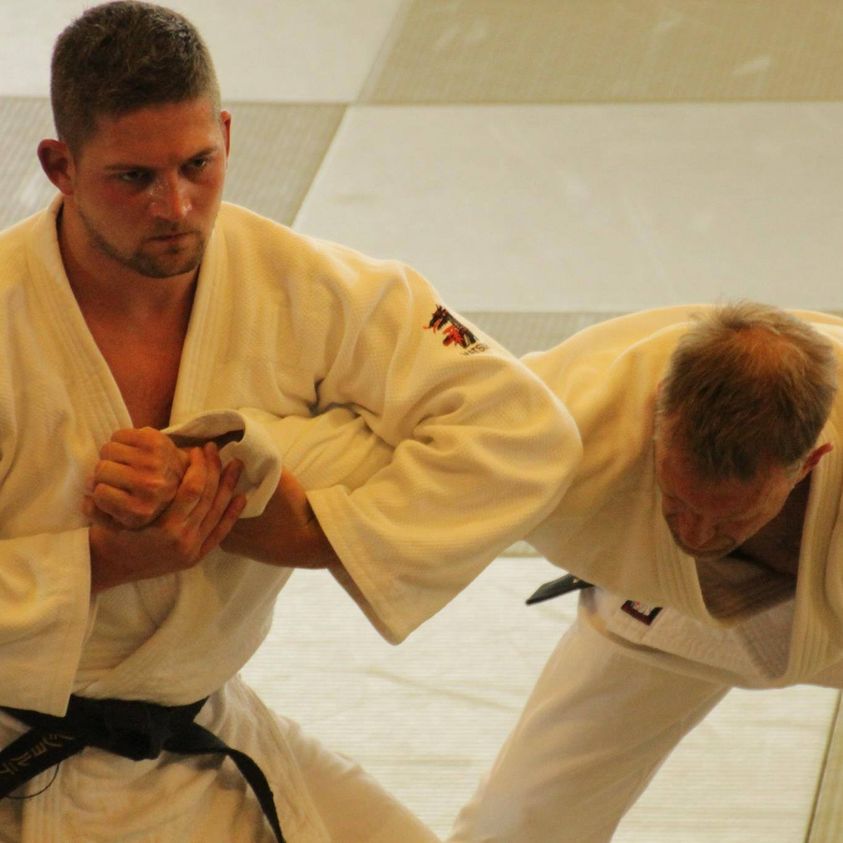KATA 形 – Beyond Martial Arts
The term kata (形) is not exclusive to martial arts; rather, it’s a fundamental and ubiquitous concept deeply embedded in Japanese culture. Directly translated, “kata” means “form,” “shape,” or “pattern,” but its application extends far beyond the dojo. In Japan, there’s a kata for virtually every aspect of daily life, reflecting the society’s emphasis on precision, tradition, and consistency.
From simple actions to complex rituals, kata serves as a guiding principle. For example, there’s a specific kata on how to neatly arrange your shoes upon entering a home, reflecting respect and mindfulness towards others. Similarly, there’s a kata regarding proper dining etiquette, emphasizing harmony and gratitude. Even thought processes are guided by kata, known as “kangae-gata,” outlining how to approach contemplation and decision-making systematically.
Thus, kata is not solely about techniques to throw or control an opponent in martial arts like Judo or Karate. It signifies a broader philosophy: performing any task deliberately, purposefully, and with great attention to detail. Whether on the tatami mat or in daily life, embracing kata cultivates discipline, focus, and a deep appreciation for each action we undertake.
Thijs Holtermann
